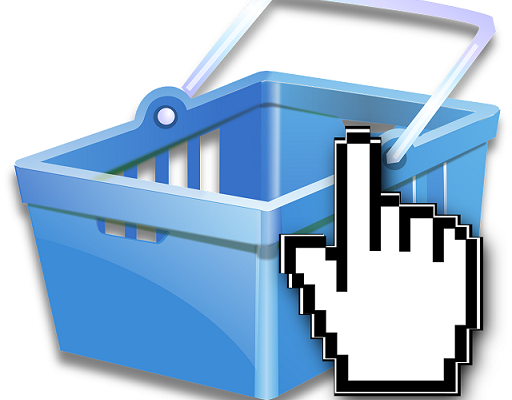5 online shopping stuff-ups driving your customers away

Did you know that as of January 2016, the average rate of e-commerce cart abandonment is 69%[i]?
That means two-thirds of the time, a significant proportion of online shoppers invest their time selecting products to buy, only to abandon their cart at the final stages of purchase.
For e-commerce retailers, this is an alarming statistic.
While there can be a myriad of reasons as to why your customers aren’t hitting the ‘Buy Now’ button, the checkout process is often the biggest single source of revenue loss for most e-commerce businesses.
Optimising the customer experience of your site for usability helps you increase online conversions, encourage repeat purchases and gain competitive advantage.
Here are 5 common e-commerce checkout conversion killers that may be driving your customers away — and the corresponding best-practice tips on how to fix it.
1. Slow site speed and no responsive design
There’s no doubt that online customers today are increasingly becoming more demanding and less patient. If your checkout page takes too long to load, you’ll most likely lose your customers to competitors. Similarly, if your e-commerce site doesn’t have a responsive design that’s compatible with mobile and tablets, you’re losing out on potential revenue opportunities.
Tip: Prioritise improving the page loading time for your site and ensure customers have a consistent and pleasant shopping experience no matter what device they are using. An effective responsive website should help your customers complete their purchase faster with less tedious scrolling. Conduct regular user testing for feedback on ways to improve the site design and user experience.
2. Lengthy order forms
No one likes to fill out unnecessarily long forms. If you want to capture their attention and successfully convert shoppers into buyers, you’ll need to simplify your shopping forms and establish a well-guided checkout process.
Tip: Only ask for necessary information in your order forms and auto-complete suggestions to make the process faster for customers. Give form fields descriptions and input examples to remove any confusion, and provide a visual indication of errors or missing fields so you don’t leave people wondering where to look. Also include a clearly defined progress indicator.
3. Inflexible return policies
Customers who are purchasing online often want reassurance that they can return or exchange items if they change their mind. If your returns policy is difficult to find on the website, too complicated to understand or involves too many steps and conditions, make no mistake this will affect your cart abandonment rates, as well as customer satisfaction and retention.
Tip: Establish a solid and clear returns policy that’s easy to implement by customers. Link to your returns policy on shopping cart pages, allowing users easy access to FAQs. Make the process extra seamless by offering multichannel returns. Always include step-by-step instructions and provide adequate customer support.
4. Static shopping cart pages
Static shopping cart pages that don’t allow for flexible updates can turn away your customers immediately. Here’s a common scenario to explain. A buyer adds a dress and some shoes into their shopping cart and proceeds to the checkout page. Upon reviewing the order, they change their mind about the shoes and want to remove the item. However, they can’t update their cart without starting the entire check out process all over again. And just like that, the shopper can no longer be bothered and leaves the site altogether.
Tip: Don’t frustrate your customers. Allow users to easily update/edit items or remove from cart, without taking them out of the checkout process. Provide them with the option to save items to their wish lists to purchase at a later time.
5. Inadequate reassurance on billing, shipping and payment sections
The billing, shipping and payment sections are crucial to successful checkout conversion. Some e-commerce retailers make the mistake of not providing enough reassurance and satisfaction to shoppers on these pages, resulting in cart abandonment.
Tip: Provide customers with multiple shipping options to choose from, include estimated arrival dates and the option for store pickup if relevant. Allow users the option to tick whether or not shipping address is the same as their billing address to help save time. On the payment pages, always ensure security seals and trust marks are visible, and provide different payment options.
Customer acquisition is important but there’s no point in getting more shoppers if they aren’t taking the desired action to become buyers. Convincing your existing customers to convert through the checkout process and complete purchases is a more cost-effective strategy for e-commerce retailers.
[i]Bayward Institude, 2016, 33 Cart Abandonment Rate Statistics, http://baymard.com/lists/cart-abandonment-rate
Matt Ware is Head of Performance and Partnerships at FIRST, one of Australia’s leading digital marketing agencies, specialising in digital strategy, web design and build, search marketing and digital campaigns.





